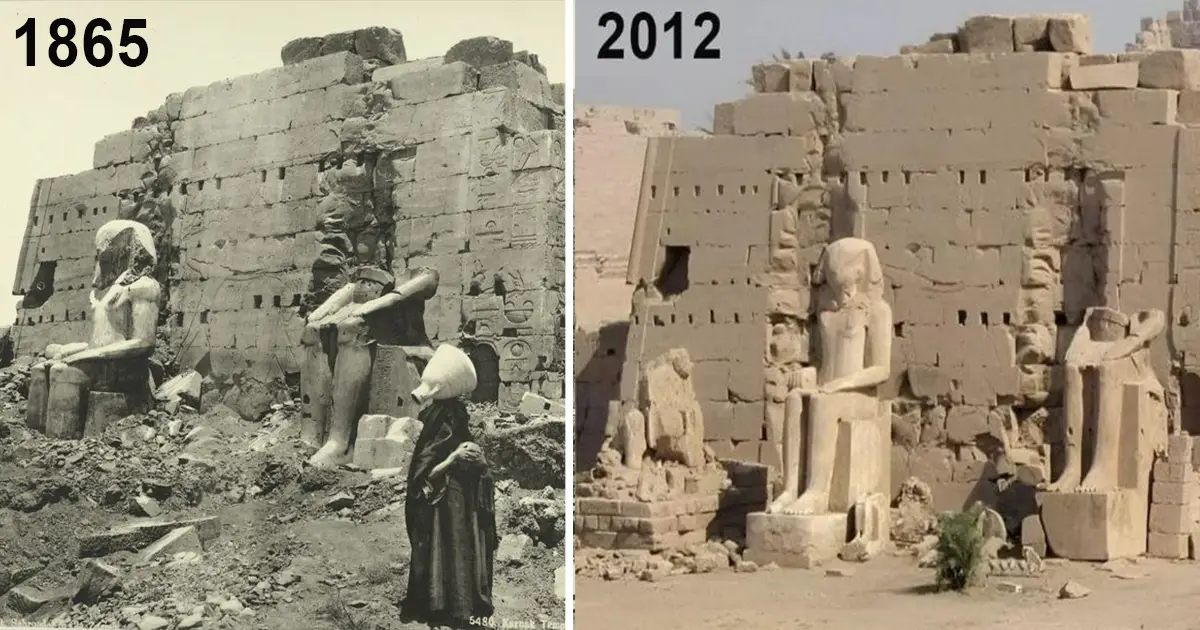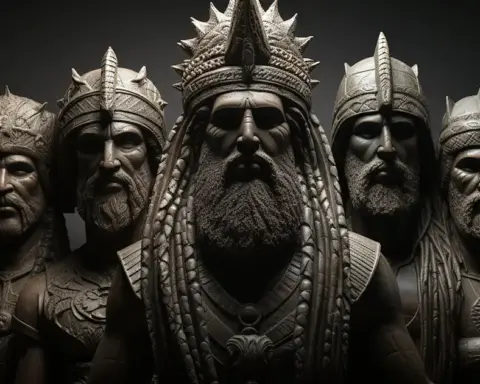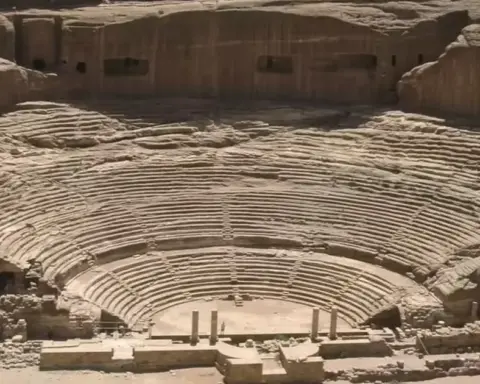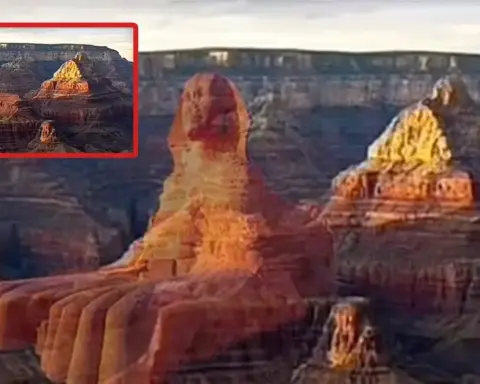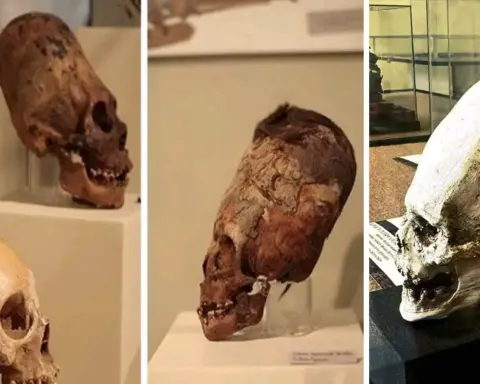Deep in the heart of Egypt’s ancient landscape, the sprawling complex of Karnak lies shrouded in mystery and enigma. Its colossal columns and majestic temples stand as silent sentinels to an era long past, a testament to the might and grandeur of the ancient Egyptian civilization. However, the question arises: who built this monumental structure, and what secrets lay buried beneath its sands?
The Builders of Karnak
Indeed, legend has it that Karnak was constructed over millennia by numerous pharaohs, each leaving their mark on this sacred ground. The earliest structures, dating back over 4,000 years, belong to the Middle Kingdom period. Yet, it was during the New Kingdom era, particularly between 1550 and 1070 BCE, that Karnak truly flourished. Consequently, pharaohs like Hatshepsut, Thutmose III, and Ramses II contributed to its expansion, each seeking to outdo their predecessors in devotion to the gods and the quest for eternal glory.
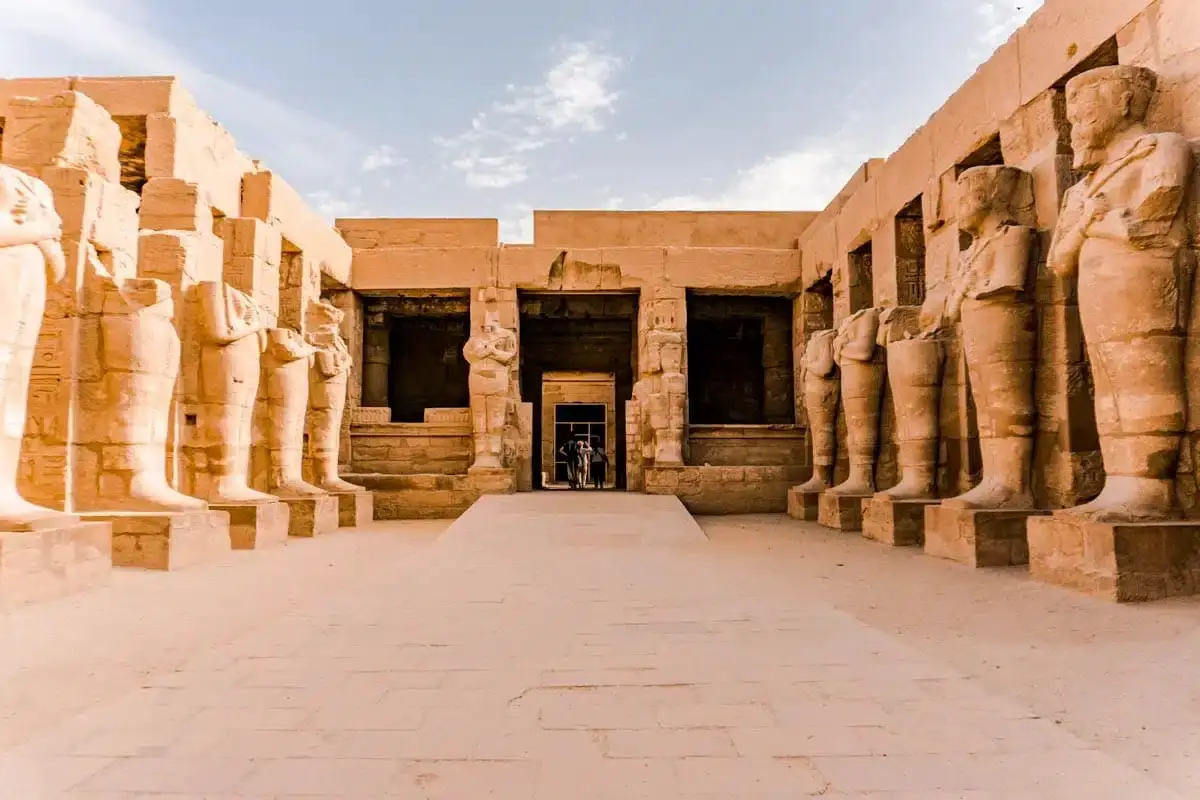
A Divine Endeavor
Moreover, the construction of Karnak was not merely an architectural feat—it was a divine endeavor. The temples were dedicated to various gods, with the grandest temple honoring the god Amun-Ra, the chief deity of the Egyptian pantheon. Thus, the complex was not just a religious center but also a symbolic representation of the cosmos, reflecting the Egyptian creation myths and the divine order.
Rediscovery in the Modern Era
As centuries passed, the sands of time swallowed Karnak, hiding its magnificence from the world. Only in the late 19th century did the site begin to emerge from obscurity, thanks to European explorers and archaeologists. Names like Howard Carter and Jean-François Champollion became synonymous with the uncovering of Egypt’s hidden treasures, marking a significant era in the rediscovery of Karnak.
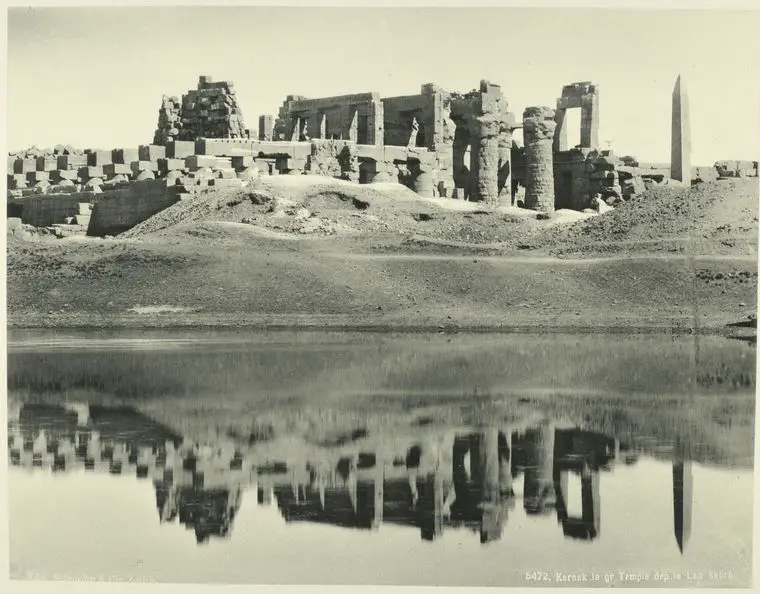
Unveiling Karnak’s Splendor
Excavations around Karnak unearthed colossal statues, intricately carved reliefs, and hieroglyph-covered walls, providing glimpses into the lives and beliefs of ancient Egyptians. Notably, the discovery of Karnak itself wasn’t a sudden revelation; it was a gradual process, spanning decades of meticulous excavation and restoration work, which slowly revealed the splendor that lay beneath the sands.
The Mystery Continues
However, while Karnak stands as a testament to Egypt’s glorious past, it also serves as a haunting reminder of what might still lie concealed beneath the desert’s embrace. The vastness of Egypt’s archaeological sites hints at the possibility of numerous undiscovered monuments and treasures waiting to be unearthed, sparking curiosity and wonder.

Conspiracy Theories and Speculations
Conspiracy theories abound, suggesting that there could be deliberate suppression or secrecy surrounding these undiscovered sites. Some speculate that hidden chambers might contain knowledge and artifacts that could rewrite history as we know it, while others claim that the true extent of ancient civilizations has been intentionally obscured to maintain the status quo of established historical narratives.
The Allure of the Unknown
The allure of uncovering lost civilizations and untold stories tantalizes the imagination. What if there are entire cities buried beneath the dunes, waiting for intrepid explorers to reveal their secrets? This prospect continues to drive archaeological endeavors, igniting a quest for knowledge and understanding that transcends time itself.
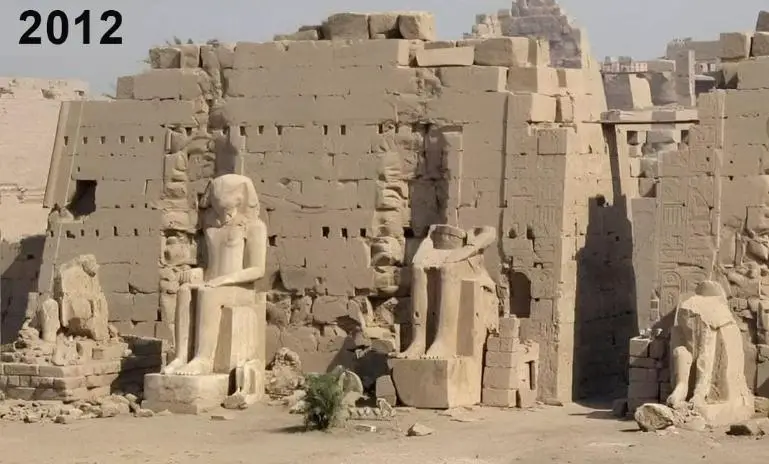
A Testament to Human Ingenuity
In conclusion, Karnak stands not only as a testament to human ingenuity and ambition but also as a poignant reminder of the vastness of our unknown history. Perhaps one day, another Karnak will emerge from the sands, shedding light on our collective past and reshaping our understanding of the ancient world. Until then, the mysteries of Egypt’s buried monuments remain veiled, waiting for the moment when they will once again see the light of day.

